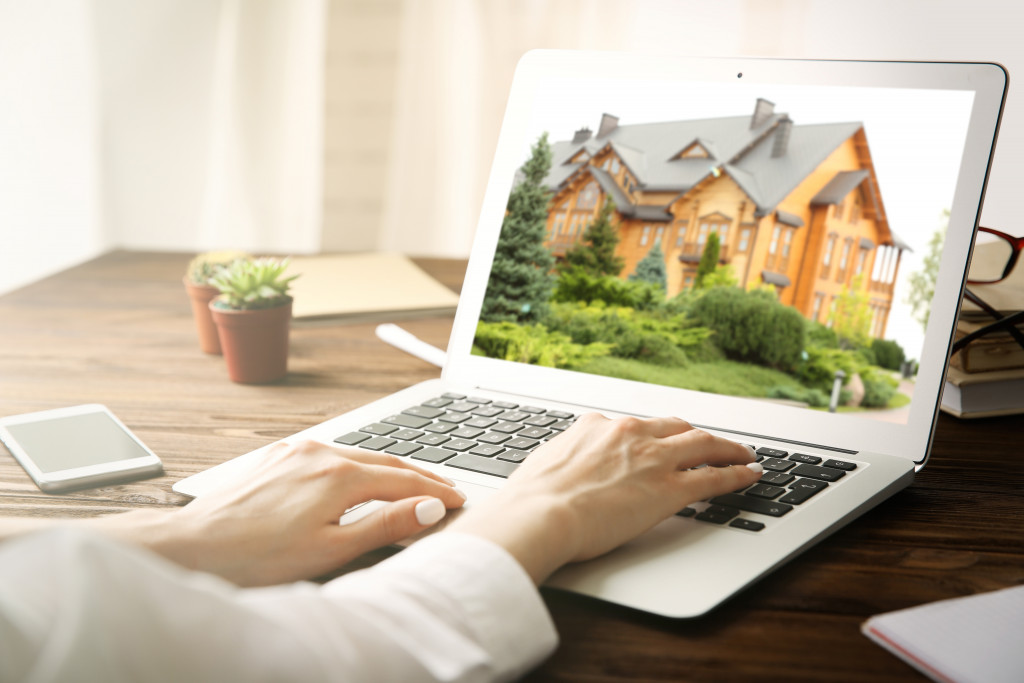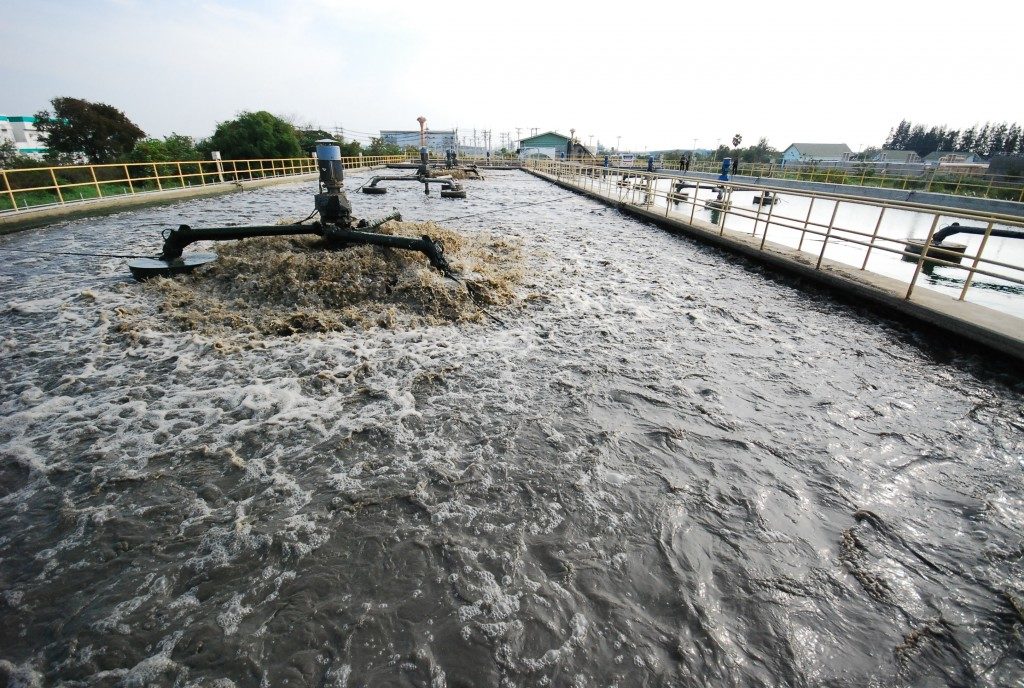Sustainable homes are getting the spotlight. Homebuilders and owners are looking into green designs for an energy-efficient, healthy, and eco-friendly home. As many are switching to living a greener life, residential property investors favor sustainable homes over traditional ones. Here are the latest sustainable home trends that you can apply to build or reconstruct your own home.
1. Prefabricated homes
Prefab homes are homes that are built off-site. They are transferred and assembled on the lot where you want your home to stand. Prefab homes can be any home that is built in a factory. They are more affordable and are getting more popular these days.
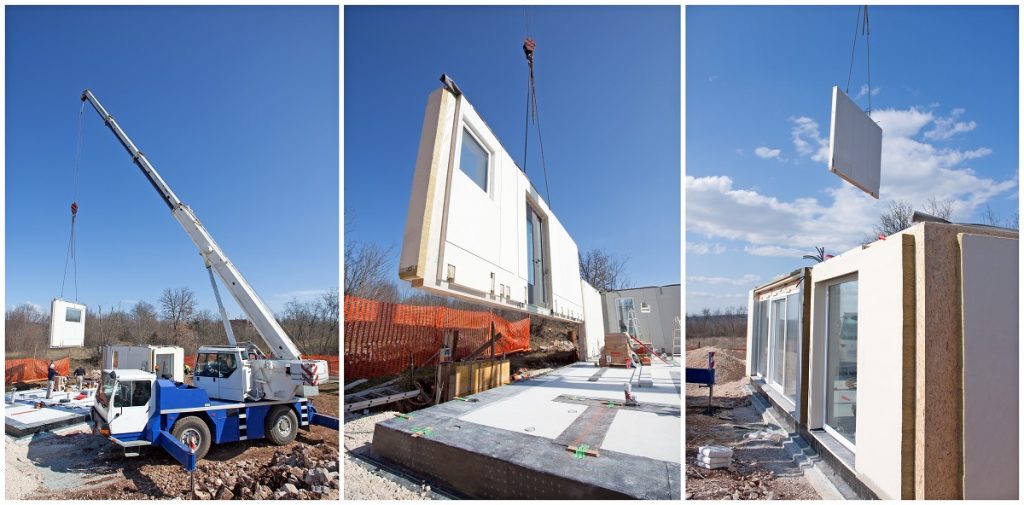
Prefab homes produce less waste as materials are built on-site. Excess materials from one home can be used for other prefab homes. They are also more durable as reinforcement is built off-site and on-site. Moreover, their measurements are more precise. This home is perfect for families who want shorter construction time. It is also great for families living in remote locations where it is hard to look for contractors who can work on a traditional build.
2. Cargotecture
Cargotecture or homes built from container vans are also gaining popularity over the years. These containers are durable, and because they have a form already, it is easier to design and secure. Many cargo homes can also be moved from one place to another, just like prefabricated homes.
Shipping containers are inexpensive and more durable. Moreover, they are resistant to natural forces like sand storms and typhoons. Most post-disaster relocation sites and community centers are also made of cargo containers.
3. Passive home builds
Passive houses have been around for more than two decades, but their concept is being applied to more houses worldwide. Established by the Passivhaus Institute in Germany, these homes promote low-energy usage reflected through design. Passive house builds incorporate shading, ventilation, and wide windows instead of installing heating and cooling systems, which can add to more energy consumption.
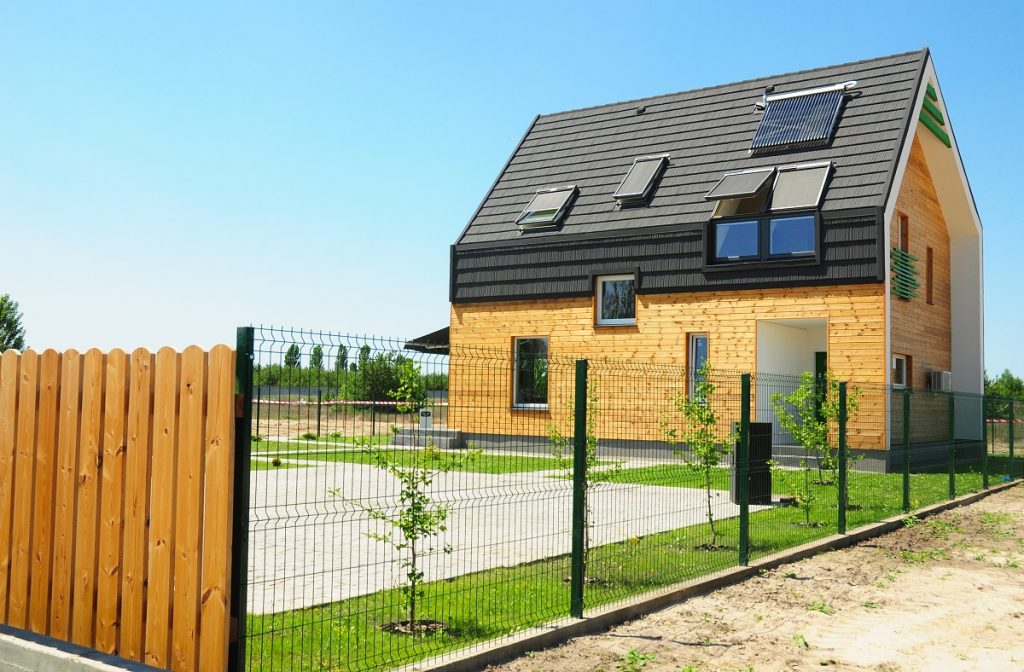
Most passive homes offer indoor comfort because their designs reflect good air quality and consistent temperatures. Moreover, these builds can reduce internal and external noises because of their insulation design. Many passive homes are minimalist and are more affordable to build.
There are five principles for passive house designs: no thermal bridging, big windows, mechanical ventilation installed with heat recovery, insulation, and airtight construction. The high insulation levels are a key element of passive houses because it keeps homes warm without artificial heating. The insulation also envelopes the home like a warm coat through the airtight layer, which is great for the colder months.
4. Recycled materials for construction
Using recycled materials means giving another life to objects that would otherwise be considered trash. Many recycled materials offer high-quality builds like recycled steel beams, insulation, and even tiling. Glass materials like mirrors, porcelain, and vitrified ash could also be used as recycled countertops when mixed. Many contractors offer to use recycled materials for new builds.
5. Green walls and roofs
Green walls and roofs are great for improving indoor air quality. As plants filter toxins in the air, putting them on walls and roofs can help purify the air inside your home. These green walls and roofs are great for sustainable home designs.
Green roofs are often built with shrubs and grasses that are energy-efficient. Green wall systems are also great for limited home spaces. Some homeowners put their produce like basil and thyme in green walls near their kitchen area. These additions are not just stylish but are also sustainable and healthy.
6. Energy-efficient elements
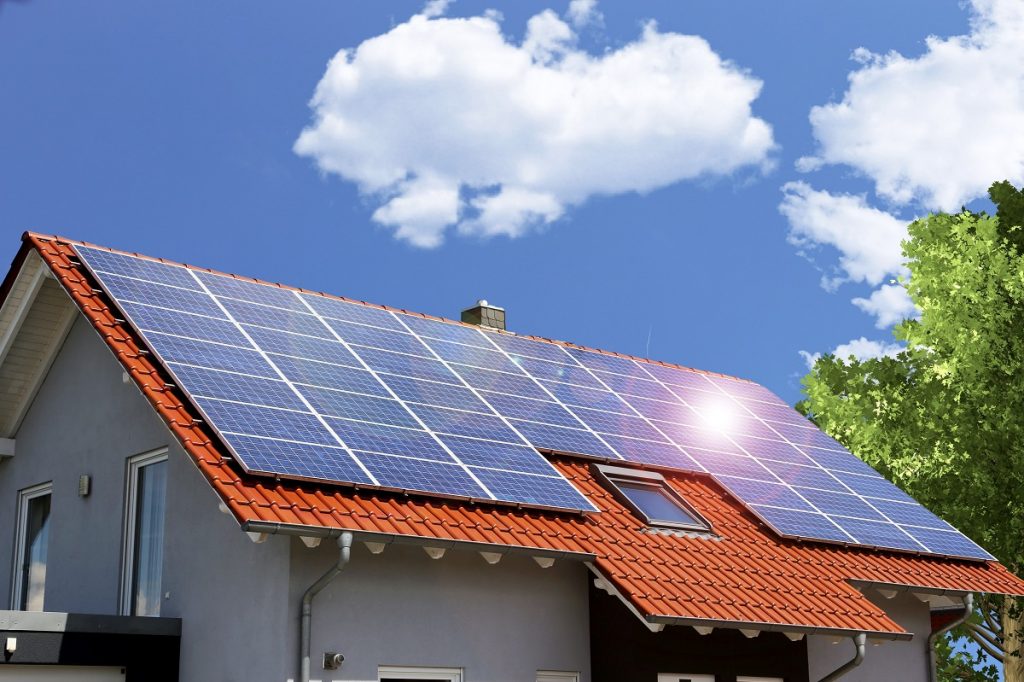
For people who do not have the luxury to build or reconstruct their homes, installing energy-efficient elements can help make their current homes more sustainable. Elements like heat pump water heaters, solar panels, and water reclamation gadgets can help reduce utility bills. These also help the environment as energy consumption is lowered. Aside from solar panels and other additions, home appliances can be energy-efficient too. Just look for the EnergyStar or WaterWise seals when buying new appliances.
7. Smart home technologies
The term smart home has become a buzzword over the years. A smart home is a home that houses Wi-Fi connected devices. The owner can operate its power and operation through voice or mobile commands. Smart home technologies can range from self-operating vacuum cleaners to voice-operated showers and air conditioning units. They may seem intimidating at first, but they can save you time, energy, and money over time.
8. Non-toxic materials
Typical homes are built with harmful chemicals like formaldehyde, solvents, and more. Yet, it is possible to build homes without these. Remodeling with non-toxic materials could mean eliminating hazards that could be harmful to the health. Options like non-toxic woods, VOC-free paints, and natural insulation could benefit your home and your health.
Incorporating these sustainable home trends into your home has multiple benefits. The rewards of sustainable living can be reflected not just now but for future generations. These techniques and trends can help save energy, money and also promote a healthier lifestyle.

